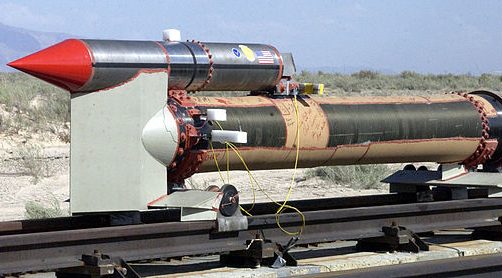Font size:
Print
Painting with Light Project
Context:
‘Painting with light’ project makes air pollution visible in different parts of the world.
More on News:
- The project was created by artist Robin Price and University of Birmingham environmental scientist Professor Francis Pope.
- Combining digital light painting and low-cost air pollution sensors, the scientific team produced photographic evidence of pollution levels in cities across three countries – India, Ethiopia and the U.K.
Aim of the project: Since Air pollution is the leading global environmental risk factor the aim is to paint with light to create impactful images, to provide people with an easy-to-understand way of comparing air pollution in different contexts
Observations Made:
- Ethiopia: Air pollution varied dramatically between locations in Ethiopia – a kitchen using biomass stoves for food preparation where PM2.5 concentrations in the room were up to 20 times greater than what was measured nearby outdoors.
- India: Two children’s playgrounds in India, 500 km apart – one in urban Delhi, the other in rural Palampur – with PM2.5 values at the Palampur playground at least 12.5 times less than those measured in Delhi.
- Wales: Large variations in air pollution around the Port Talbot steelworks, in Wales – air quality monitoring and light painting at dusk in summer measured PM2.5 concentrations in the range of 30-40 mg/m3, when the hourly average value was 24 mg/m3.

Particle Pollution:
- Particle pollution is also known as Particulate Matter (PM).
- It consists of tiny solid or liquid particles suspended in the air that include: Dust, Dirt, Soot, Smoke, and Liquid droplets.
- Types of Particulate Matter:
-
- PM10: These are inhalable particles with diameters of 10 micrometres or smaller. They are relatively larger and visible as fine dust or smoke. Sources include dust from construction sites, pollen, and vehicle and industrial emissions.
- PM2.5: These fine inhalable particles have diameters of 2.5 micrometres or smaller and are not visible to the naked eye. They often result from combustion processes like burning fossil fuels, vehicle emissions, and cooking. Due to their small size, PM2.5 particles can penetrate deep into the lungs and enter the bloodstream, posing significant health risks.
Air Pollution:
- Air pollution is a mix of particles and gases that can reach harmful concentrations both outside and indoors.
- Air pollution is considered one of the main threats to both the environment and human health and a leading cause of death globally.
- The World Health Organisation (WHO) estimates 99% of the global population breathe polluted air, causing approximately 7 million premature deaths worldwide each year.
- The World Bank estimates that the cost of the health damage caused by air pollution amounts to $8.1 trillion a year, equivalent to 6.1% of global GDP
- The situation is particularly challenging in Asia, where air pollution remains a major problem in countries like India and China, despite several air quality policies and actions.
- African countries have experienced significant deterioration in air quality over the last five decades,” a University of Birmingham statement.


